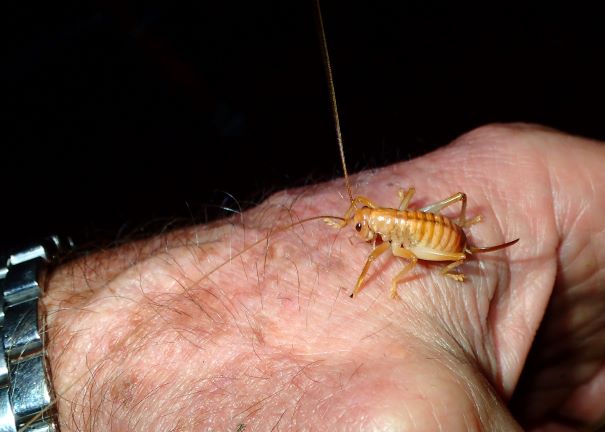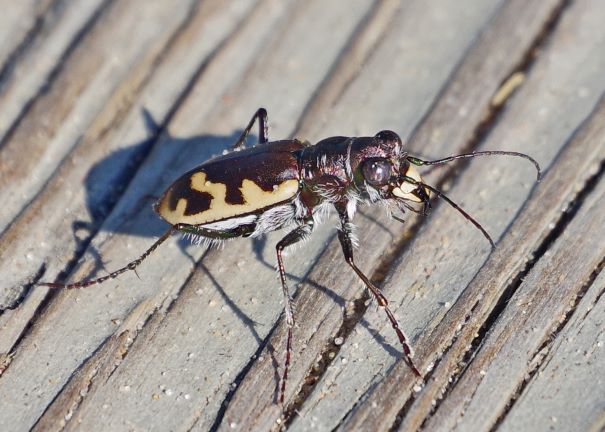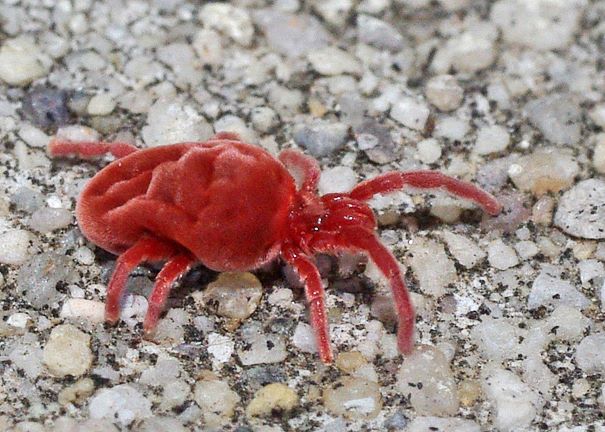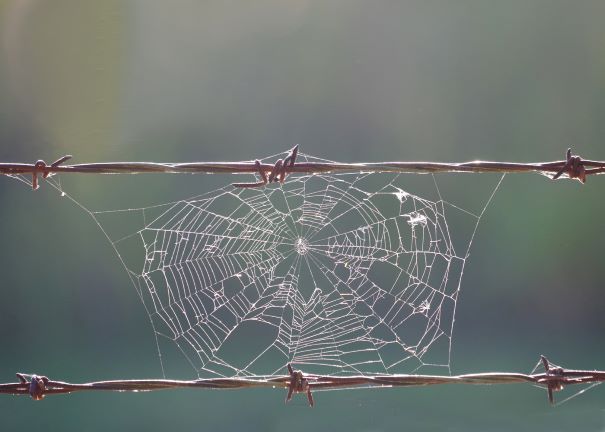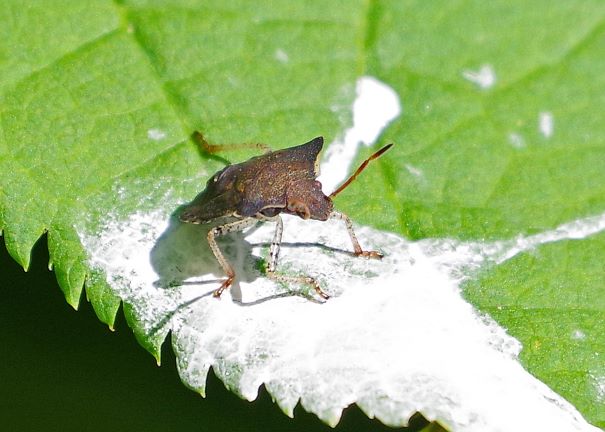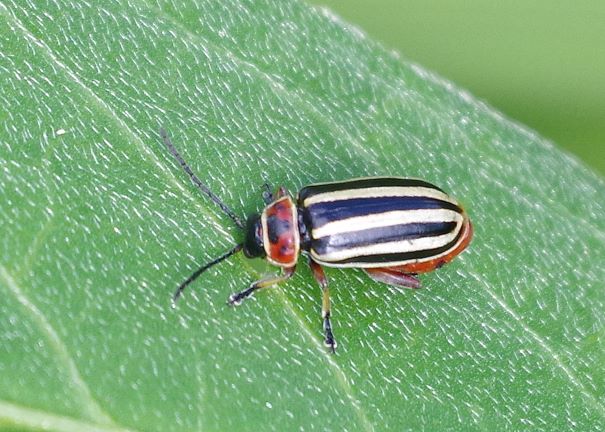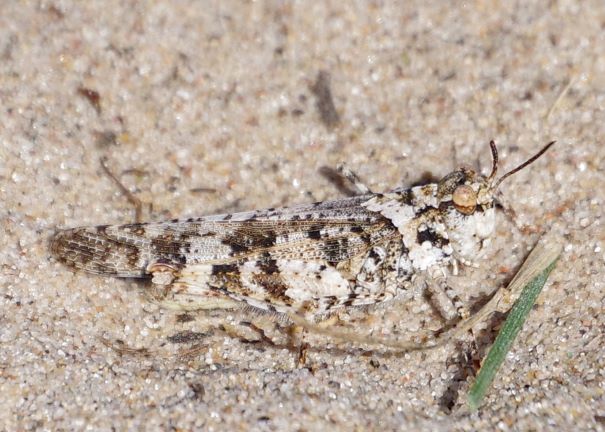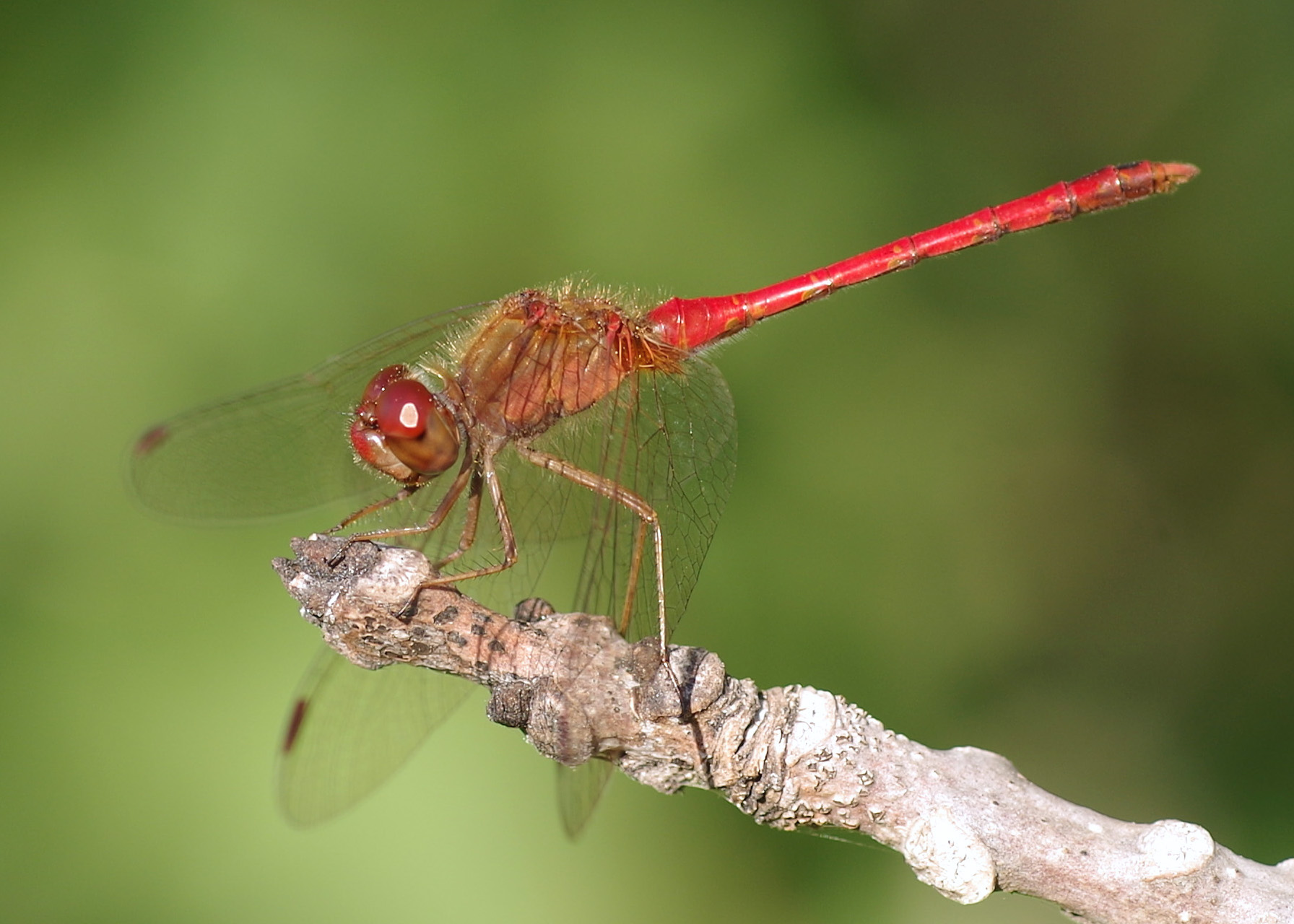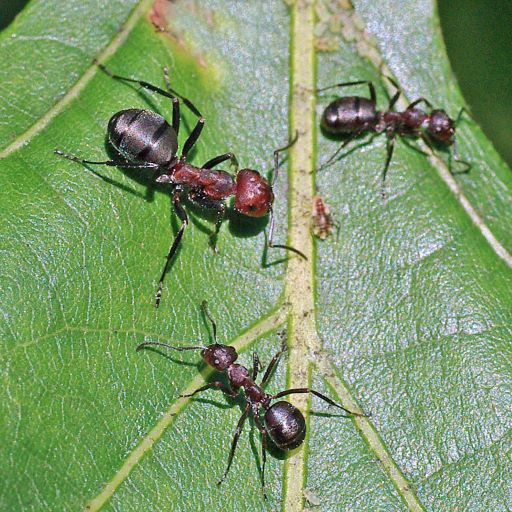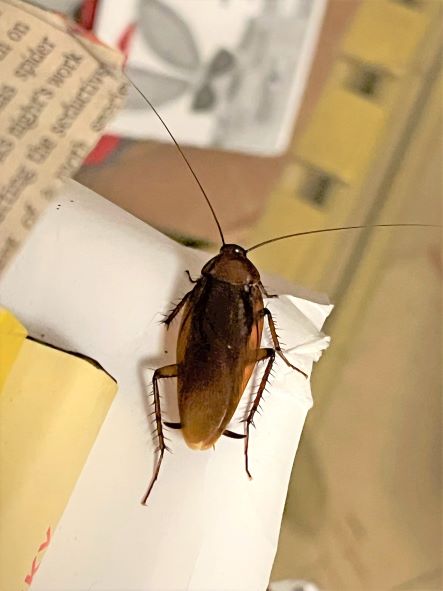
Bug o’the Week – Cockroach 101
by Kate Redmond
The BugLady has been wanting to write about cockroaches for a long time (she has fond memories of the “X-Files” episode about them). She asked BugFan Tom if he had any pictures he could share, because she’s rarely seen one (expect when she spent a summer in Coastal Florida, where they call their lunker cockroaches Palmetto bugs), and her attempts at photographing them have failed miserably. He suggested that she has lived a sheltered life, indeed, and his friend, BugFan Joe, subsequently sent this picture. Thanks, Joe. This overview includes info about cockroaches in general and about cockroaches as the Bugs We Love to Hate. Maybe someday there will be a Cockroaches 102, exclusively about native roaches (send pictures!). Meanwhile, BugFan Joe’s picture of a Smokey Brown Cockroach will stand in as Everyroach.

